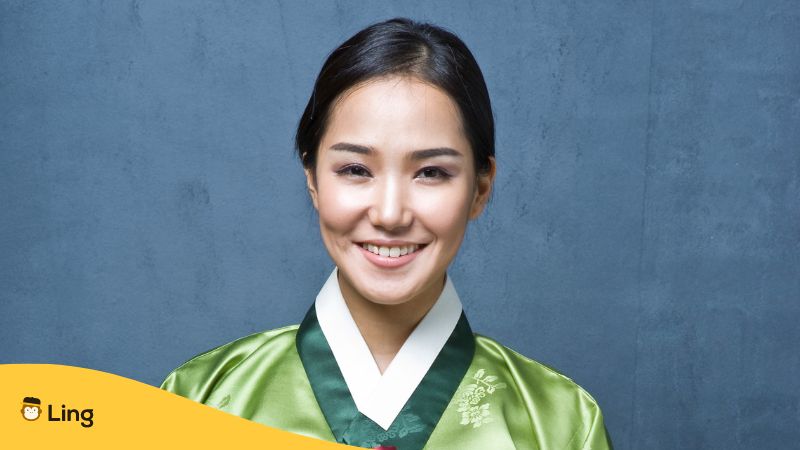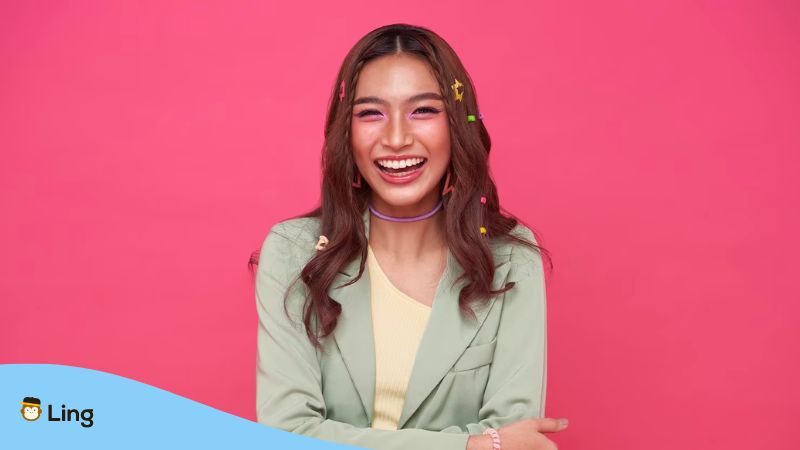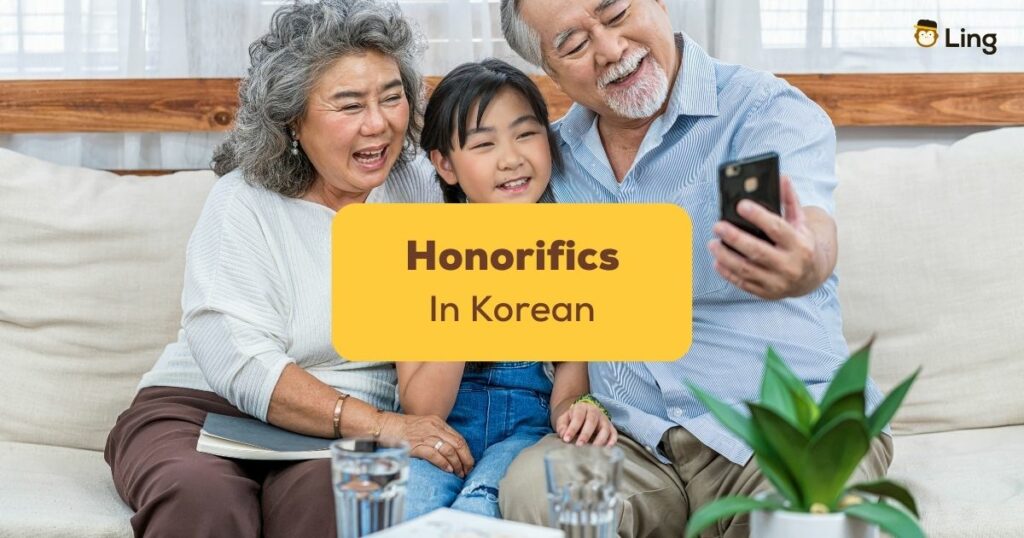Hey there, language enthusiasts! Ready to level up your Korean skills? Today, we’re diving into the fascinating world of Korean honorifics. Trust me, once you’ve got a grip on these polite expressions, you’ll navigate Korean conversations like a pro. So, buckle up, and let’s unravel the art of mastering these respectful gems together!
Understanding The Basics Of Korean Honorifics
Alrighty, let’s kick off our honorifics journey by understanding the basics. You see, Korean culture is all about showing respect, and Honorifics are the secret sauce to make that happen. So, what exactly are they? Well, in a nutshell, they’re special words and sentence structures that convey politeness and respect to the person you’re addressing.
Levels Of Formality In Korean
In Korean, it’s not just about what you say but how you say it. The language has various levels of formality, and picking the right one is like choosing the perfect outfit for an occasion – you want to make a good impression, right?
There are three main levels of formality you’ll come across:
Casual Speech (반말 – Banmal)
This level is like wearing jeans and a T-shirt. You’d use it with your closest buddies, siblings, or someone younger than you. It’s super chill and informal, so be cautious not to use it with someone you just met or a higher-up!
Polite Speech (존댓말 – Jondaetmal)
This one’s like donning a nice shirt or blouse for a casual dinner party. You’ll use it with people you’re not close to but don’t need to show the utmost respect. It’s a safe bet when you’re unsure which level to use.
Formal Speech (높임말 – Nopim-Mal)
Picture a fancy black-tie event – that’s when you’d use formal language! It’s reserved for superiors, elders, or formal situations. It shows respect and politeness, so you’ll be in good shape using this level in professional settings or with someone you’ve just met.

Factors That Determine The Use Of Honorifics
You’re doing great so far, and now it’s time to explore the factors determining when to use honorifics. It’s like choosing the right seasoning for your dish – the right amount of respect makes the conversation chef’s kiss perfect.
So, let’s look at a few key factors that’ll help you decide when to bring out the honorifics:
Age
Korean culture places a lot of importance on age. It’s one of the main factors determining when to use honorifics. If someone’s older than you, even by just a year, it’s best to use honorifics.
Pro tip: When meeting someone new, try to find out their Korean age or birth year to easily navigate the honorific terrain.
Relationship
Are you close to the person you’re talking to, or is this your first encounter? If you’re already BFFs, you can likely keep things casual. But if it’s a new acquaintance, it’s better to play it safe and be respectful with honorifics.
Status
Korean society is hierarchical, so it’s important to consider someone’s social or professional status when using honorifics. When talking to a boss, teacher, or someone with a higher rank, always opt for honorifics to show respect.
Context
Lastly, take a moment to consider the situation. Is it a formal event or a laid-back gathering? The context can help you determine if honorifics are necessary. For example, it’s best to use honorifics at a wedding or business meeting, even if you’re among friends.
The Korean Honorific System
So, we’ve covered levels of formality and factors that determine the use of honorifics. Now, let’s dig a little deeper into the Korean honorific system. Trust me, understanding this will take your language skills to new heights and make you sound like a true 한국어 마스터 (hangugeo master – Korean master)!
The Korean honorific system is a set of linguistic tools that help you show respect and politeness in your conversations. It’s like a secret language code, and it’s all about who you’re talking to and your relationship with them. So, let’s break it down into two main parts:
Honorific Pronouns
Adding a special title after someone’s name or using specific pronouns is a surefire way to show respect in Korean. For example, instead of just saying someone’s name, you can add 씨 (ssi) to address an older male or 님 (nim) to address an older female.
Also, keep in mind that some pronouns change when you’re using honorifics, like 너 (neo, casual “you”), becoming 당신 (dangsin, polite “you”).
Honorific Verbs And Adjectives
This is where the magic really happens! Some Korean verbs and adjectives have honorific forms that elevate your Speech. For instance, the phrase “to eat” is 먹다 (meokda) in casual form. However, it becomes 드시다 (deusida) when you want to be respectful. And it’s not just verbs – adjectives like 예쁘다 (yeppeuda, “pretty”) become 아름답다 (areumdapda) in honorific form.

Common Korean Honorific Titles
If you want to truly master the Korean language, it’s essential to understand how to properly address people with respect. So, let’s explore some common Korean honorific titles that’ll make you sound like a pro in no time!
Titles For Family Members
If you’ve ever watched a K-drama or chatted with a Korean friend, you might have noticed how important respect and hierarchy are in Korean culture.
Knowing some common family titles will help you sound more natural and better understand the language. Here’s a list of Jorean honorifics for family members:
Titles For Friends And Peers
Ready to level up your Korean conversation game? Let’s explore the world of Korean honorifics specifically for friends and peers. Using these titles will help you sound more natural. It will also show you’re a respectful and culturally aware language learner.
Tips For Mastering Korean Honorifics
Embarking on the journey to master the Korean language can be both thrilling and challenging, especially when it comes to the intricacies of Korean honorifics.
In this section, we will share some helpful tips that’ll guide you through the ins and outs of mastering this important part of the Korean language. Whether you’re just starting out or you’ve been learning for a while, these tips will come in handy to boost your communication skills.
1. Watch Korean Dramas And Variety Shows
There’s no better way to immerse yourself in Korean honorifics than to watch dramas and variety shows. They are super entertaining (hello, K-drama addiction) and provide an authentic glimpse into how honorifics are used in everyday life.
Listen closely to how characters address each other, and you’ll quickly start to pick up on their speech’s nuances. Plus, you’ll get hooked on some amazing stories along the way!

2. Practice With Native Speakers
Once you’ve got a grasp of Korean honorifics from your binge-watching sessions, it’s time to put that knowledge to the test! Connect with native speakers through language exchange websites, local meetups, or even your Korean friends.
They’ll be happy to help you practice, and who knows – you might even make some lifelong friends in the process. Just remember, practice makes perfect!
3. Use Mobile Apps
Nowadays, there’s an app for everything – and learning Korean honorifics is no exception. One fantastic option is the Ling app, which offers fun and interactive lessons for learners of all levels. With the help of native engaging exercises, you’ll be able to practice your Korean honorifics anytime, anywhere. Best of all, you can move at your own pace. How cool is that?
Learn Korean With Ling
Ready to take the leap and dive into a whole new world of learning? Introducing Ling, the coolest and most enjoyable way to learn over 60 languages! Say goodbye to those dull textbooks and embrace interactive lessons that’ll keep you hooked.
Our app is designed to make language learning fun, interactive, and oh-so-addictive. You’ll be speaking like a local before you know it!
The Ling app’s interactive approach means you’ll have a blast while leveling up your language skills. Don’t worry about fitting it into your busy life because our customizable lessons let you set the pace and track your progress effortlessly. So, what are you waiting for?
Download the Ling app on the App Store or Play Store now and start speaking like a local in no time!























